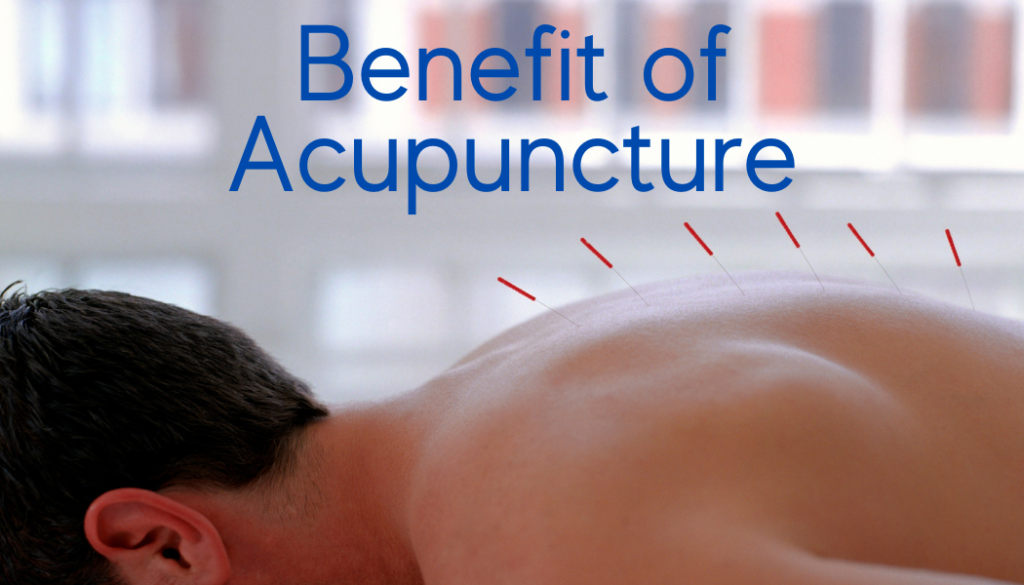Pain is one of the most common reasons people seek medical care worldwide. From chronic back pain to osteoarthritis and migraines, millions suffer daily, leading to a diminished quality of life and increased healthcare costs. As conventional pain relief methods often come with limited effectiveness or undesirable side effects, many people are turning to alternative therapies. Among these, cupping therapy, a traditional practice with roots in Chinese, Egyptian, Greek, and Indian medicine, is gaining recognition. But how effective is it?
Recent research published in Frontiers in Neurology aims to answer this question by evaluating existing evidence on the efficacy of cupping therapy in treating pain-related conditions. This article will break down the findings of the study in simple terms and explore how this ancient practice is being understood and applied in modern healthcare.
Understanding Cupping Therapy
Cupping therapy involves placing cups on specific areas of the body to create suction, which can be applied using heat or mechanical devices. There are different types of cupping, including dry cupping (where suction is created without incisions) and wet cupping (which involves minor incisions to draw blood). The therapy is believed to increase blood flow to targeted areas, alleviate muscle tension, and promote healing.
This therapy has been used for centuries for various ailments, including pain, skin diseases, and even respiratory conditions. However, its application in modern clinical practice is primarily focused on managing pain, which is the focus of the study conducted by Wang and colleagues.
Research Objective and Methodology
The study aimed to systematically review the available evidence on cupping therapy’s effectiveness for pain-related conditions and assess the quality of this evidence. Researchers conducted a comprehensive search of several databases, including PubMed, Cochrane Library, Embase, and Web of Science, for meta-analyses that examined the relationship between cupping therapy and pain outcomes.
A total of 14 studies covering five distinct pain-related conditions were included in the final analysis. The quality of the evidence was evaluated using tools like the AMSTAR 2 and GRADE systems, which help determine the reliability and strength of the research findings.
Key Findings
- Chronic Pain:
- The research suggests that cupping therapy may have moderate-quality evidence supporting its use for chronic pain management. It was found to reduce pain intensity more effectively than no treatment in some cases.
- Low Back Pain:
- For low back pain, cupping therapy demonstrated mixed results. While a few studies showed moderate-quality evidence that cupping could alleviate pain, other studies provided only low to very low-quality evidence. This indicates that while cupping may be helpful, more rigorous studies are needed to confirm its efficacy.
- Neck Pain:
- The study found moderate to low-quality evidence supporting the use of cupping therapy for neck pain. Similar to low back pain, cupping was more effective than no treatment or standard care, but the overall quality of the evidence was not high.
- Knee Osteoarthritis:
- Cupping therapy appears promising for knee osteoarthritis, with moderate-quality evidence showing that it may help reduce pain scores and improve joint function. This suggests that cupping could be a useful complementary therapy for managing osteoarthritis symptoms.
- Herpes Zoster (Shingles):
- Only one study provided low-quality evidence for cupping therapy’s efficacy in treating herpes zoster-related pain. This suggests that cupping might offer some relief, but the findings are not strong enough to make definitive conclusions.
What Does This Mean for Patients?
The findings suggest that cupping therapy may be a safe and potentially effective option for managing pain, particularly for conditions like chronic pain, knee osteoarthritis, and neck pain. However, it is important to note that the overall quality of evidence varies, with most studies falling into the low or very low-quality categories. This means that while cupping therapy might help alleviate pain in some cases, more high-quality research is needed to establish its effectiveness definitively.
For those interested in trying cupping therapy, it is recommended to consult with a healthcare professional and consider it as part of a broader pain management plan, rather than a standalone treatment.
How Does Cupping Work? Potential Mechanisms
While cupping therapy has been around for thousands of years, the exact mechanisms by which it alleviates pain are still being studied. The study outlines several theories:
- Neural Mechanism:
- Cupping may stimulate the nervous system, promoting the release of natural pain-relieving chemicals like endorphins, thereby reducing the perception of pain.
- Hematological Mechanism:
- Cupping is thought to increase blood flow to the affected areas, enhancing tissue oxygenation and nutrient delivery, which may promote healing and pain relief.
- Immune System Modulation:
- By stimulating the skin and underlying tissues, cupping may trigger a mild immune response, promoting the release of anti-inflammatory agents that help reduce pain.
- The Gate Control Theory of Pain:
- This theory suggests that cupping might interfere with pain signals traveling to the brain, effectively “closing the gate” on pain perception.
Strengths and Limitations of the Study
This study is significant as it provides a comprehensive overview of the existing evidence on cupping therapy’s efficacy in managing pain. The use of systematic review methods and evidence mapping allows for a clearer understanding of where cupping therapy might be most effective.
However, the study also has limitations. Most of the included research was rated as low or very low quality, primarily due to methodological shortcomings such as lack of proper control groups, small sample sizes, and potential biases. As a result, while the findings are promising, they should be interpreted with caution, and more high-quality research is needed.
Conclusion
Cupping therapy appears to be a promising complementary treatment for certain pain-related conditions, including chronic pain, knee osteoarthritis, and neck pain. While the existing evidence suggests some benefits, the quality of the research varies, and more robust clinical trials are necessary to confirm its effectiveness.
For patients seeking alternative or supplementary options for pain management, cupping therapy could be considered as part of an integrative approach, but it should not replace conventional medical treatments. Future research should focus on conducting higher-quality studies to provide more definitive conclusions about this ancient practice’s role in modern pain management.
As the demand for non-pharmacological and holistic pain relief options continues to grow, cupping therapy may find its place alongside other traditional therapies in the landscape of modern healthcare.




